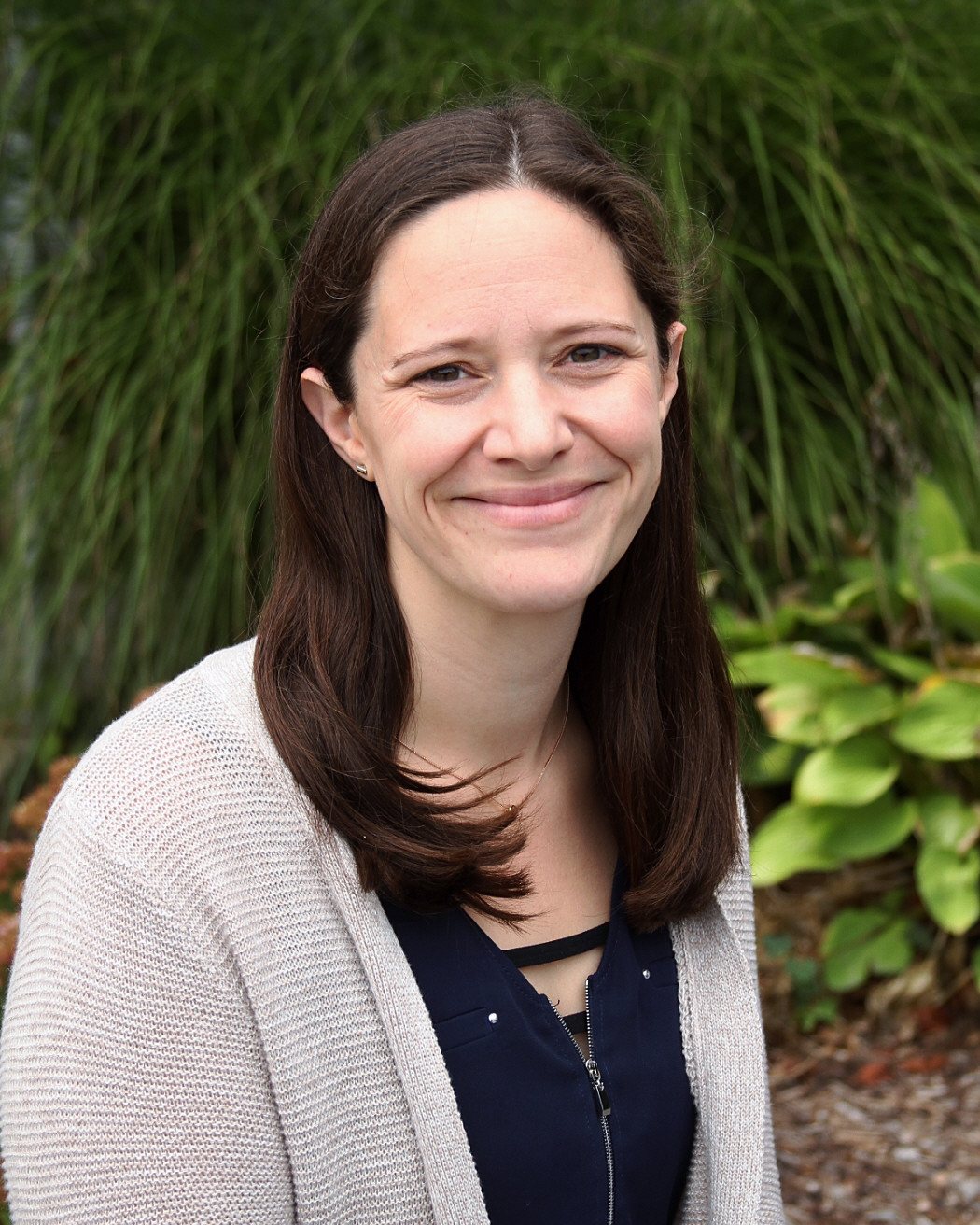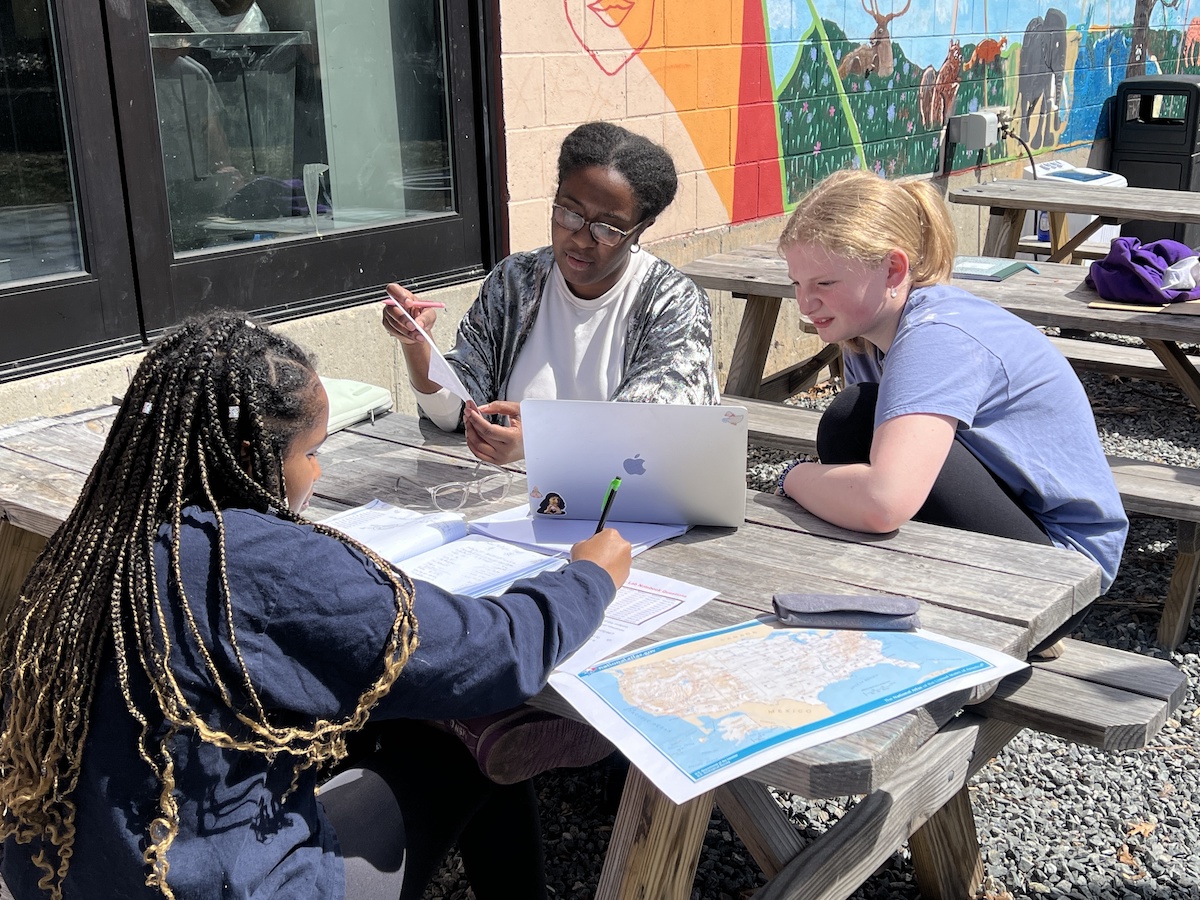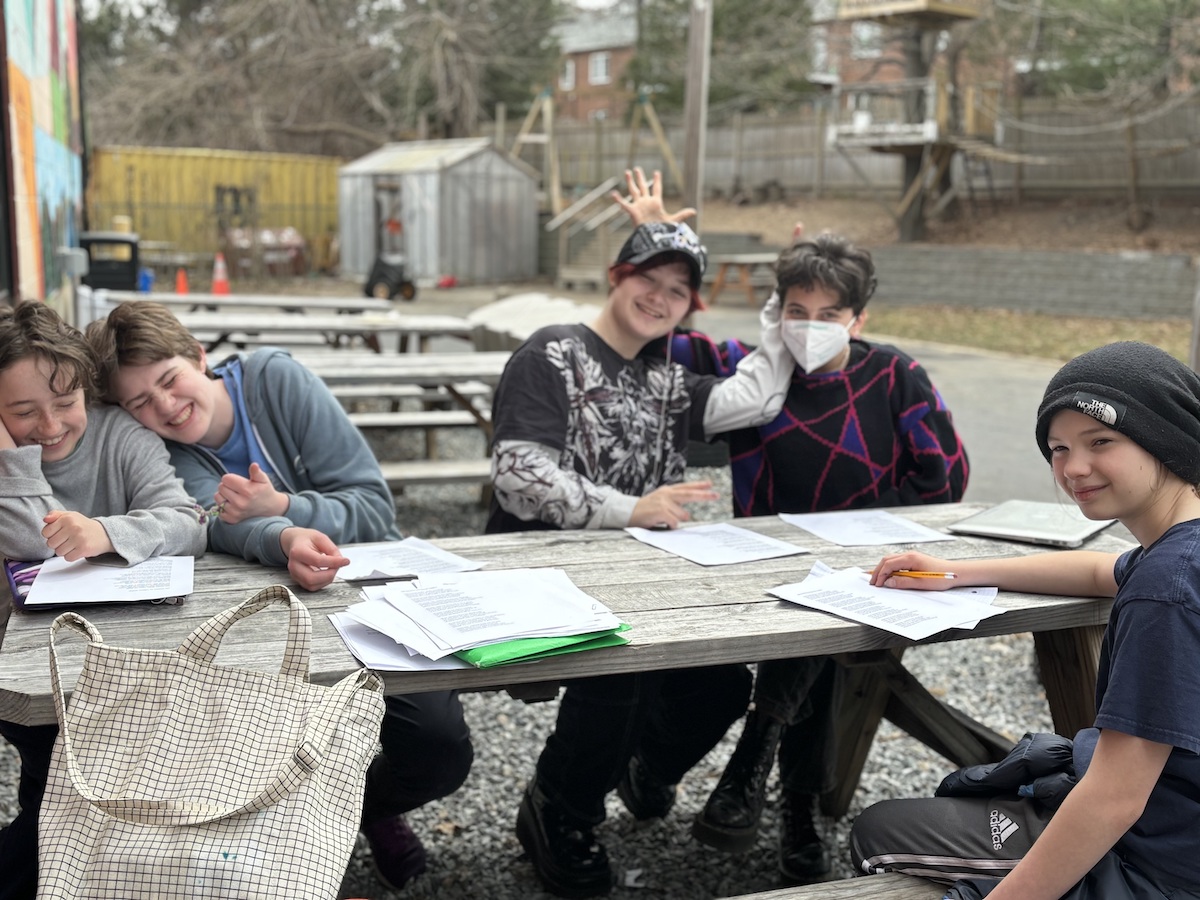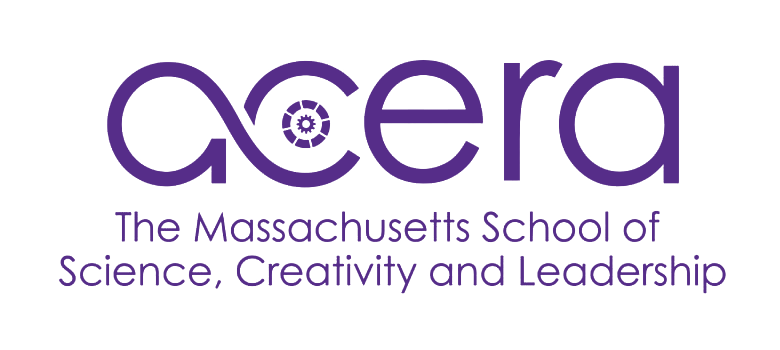By Emily Stefanich
Standardized assessments have long been the go-to method for measuring student performance in schools, providing a snapshot of academic achievement at a single point in time. However, this approach often acts like an autopsy, analyzing data after the fact, when it’s too late to adjust instruction or address student needs. This retrospective evaluation limits opportunities to adapt and improve teaching practices during the learning process.
At Acera, we approach assessments differently. In contrast to the traditional assessment model, we leverage a variety of assessment tools as consistent, ongoing check-ups, where teachers gather data continuously to track student progress and tailor their instruction accordingly. By combining observations, coaching, and rubrics, educators can create a more holistic and accurate representation of student learning, allowing for timely interventions and personalized support.

Emily Achilles Stefanich is a core classroom teacher and coordinator of Acera’s Lower School.
”One key approach is observing student work in real-time. As teachers circulate through the classroom, they take notes—sometimes in a structured way, other times informally—to track student progress.

One key approach is observing student work in real-time. As teachers circulate through the classroom, they take notes—sometimes in a structured way, other times informally—to track student progress. This method allows teachers to evaluate where students are at any point during a lesson, rather than waiting until the end for a final test. Because teachers are experts in their craft, they can quickly identify when a student is struggling or excelling and respond accordingly. This on-the-spot feedback creates a more dynamic learning environment and provides a deeper understanding of student needs.
Coaching is another valuable tool in a teacher’s assessment toolbox. Teachers are well-versed in grade-level standards and individual learning plans (ILP), allowing them to guide students effectively. Through one-on-one or small group conferences, teachers can assess a student’s progress, identify successes, and pinpoint areas for growth. This personalized approach to coaching helps students understand their learning journey and fosters a more supportive educational environment.
Evaluating student work using rubrics provides a more nuanced view of student performance. These rubrics are tailored to reflect grade-level standards and classroom expectations, allowing teachers to assess strengths and areas for growth in a more meaningful way. Unlike traditional tests, which often rely on right or wrong answers, rubrics encourage deeper engagement with the material and foster critical thinking skills. This comprehensive approach to assessment, which incorporates a variety of tools, helps teachers collect a broader range of information, creating a richer and more accurate depiction of student mastery.
It’s important to note that our approach to assessment doesn’t exclude traditional methods like multiple-choice tests, short answer questions, and other standard formats. These conventional tools still play a role in our assessment repertoire, particularly when they align with the task at hand or address specific learning objectives. While they may not be our primary mode of assessment, they serve a valuable purpose in providing a consistent baseline and preparing students for scenarios where such evaluations are common. We use these traditional assessments strategically to ensure our students have the skills and familiarity needed to succeed beyond our classrooms. Exposure to standard tests equips them with the confidence and experience to navigate similar evaluations they might encounter in other academic settings or professional contexts. Additionally, we incorporate benchmark tests like the NWEA to gauge our performance as educators and reflect on how we are meeting our students’ needs. This external measure offers another lens through which we can view student progress and growth, complementing our other assessment methods.
Shifting from a static, test-driven approach to a dynamic, continuous assessment model empowers educators to better meet the needs of their students. By utilizing a blend of observation, coaching, and rubrics, teachers can gain deeper insights into student progress and adapt their teaching strategies in real-time. This flexible approach not only allows for more personalized instruction but also fosters a learning environment where students feel seen and supported. At Acera, this ongoing assessment philosophy is the cornerstone of our educational practice, enabling teachers to make informed decisions that drive student success. By treating assessment as a journey rather than a final destination, educators can create a more responsive and effective classroom, ensuring that every student has the opportunity to thrive.
”By treating assessment as a journey rather than a final destination, educators can create a more responsive and effective classroom, ensuring that every student has the opportunity to thrive.



